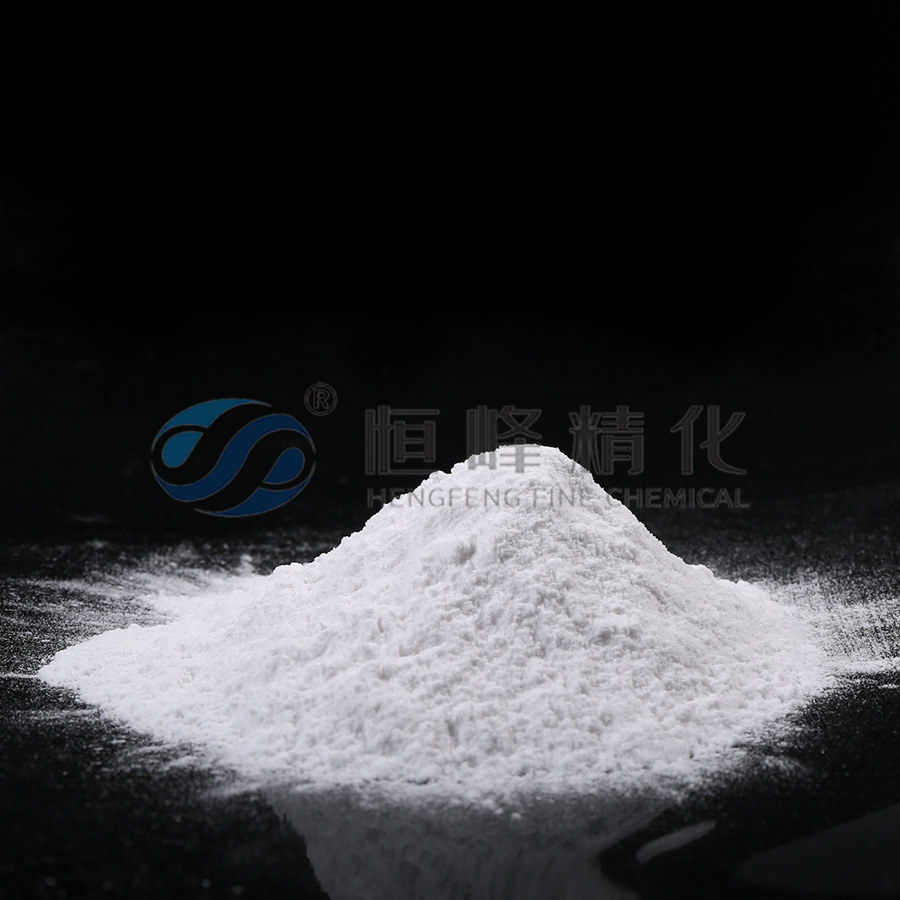The Role of Ionic Charge in Polyacrylamide's Performance in Papermaking
Polyacrylamide (PAM) is a critical component in modern papermaking, widely used for its ability to act as a retention agent, filter aid, and leveling agent. While its general benefits are well-known—such as improving paper quality, enhancing pulp dewaterability, and reducing raw material consumption—one aspect that plays a particularly pivotal role in its performance is the ionic charge. The ionic properties of polyacrylamide directly influence how it interacts with fibers, fines, and other materials in the pulp, thereby shaping the final paper product. Understanding how the ionic charge affects its functionality in papermaking is essential for optimizing its use and tailoring it to specific production needs.
At its core, papermaking polyacrylamide is a synthetic polymer that can be modified to have either a cationic, anionic, or non-ionic charge. The nature of this charge influences its interactions with the pulp’s components. Cationic polyacrylamide, for example, carries a positive charge, which allows it to attract negatively charged particles such as fiber fines, fillers, and suspended solids. This makes it highly effective in improving the retention of these materials during the papermaking process, preventing them from being lost during drainage. In contrast, anionic polyacrylamide, with its negative charge, is more likely to interact with positively charged species, facilitating better flocculation of fine particles and contributing to the formation of a uniform paper sheet.
The ionic charge not only affects retention but also plays a significant role in the flocculation and dewatering processes. Cationic polyacrylamide, due to its positive charge, is especially useful in systems where the pulp tends to be highly negative, such as those containing wood fibers. It promotes stronger bonding between fibers and fines, which in turn improves the pulp's dewatering properties. This reduces the time and energy required for drying, making the production process more efficient and cost-effective. On the other hand, anionic polyacrylamide is often employed in situations where the pulp is positively charged or when higher levels of flocculation are desired. This is particularly valuable in mills producing paper from recycled fibers, where the presence of contaminants such as ink and adhesives can interfere with the papermaking process.

Furthermore, the ionic strength of polyacrylamide—essentially, the concentration of charged ions present—affects its ability to form strong or weak flocs depending on the conditions. A high ionic strength, for instance, can lead to more effective bridging between particles, which helps retain fine materials and improve the paper's overall strength and smoothness. On the flip side, a lower ionic strength might lead to less effective retention, but it can be beneficial in applications where a lighter floc is required for certain paper grades or processing conditions. By adjusting the ionic properties and strength of the polyacrylamide, papermakers can fine-tune the performance to meet specific production requirements, ensuring both efficiency and quality.
One of the most compelling advantages of understanding the ionic charge in papermaking polyacrylamide is its environmental impact. By optimizing retention and improving dewatering, polyacrylamide helps reduce the amount of raw material needed for paper production. This not only cuts down on resource consumption but also minimizes waste, contributing to more sustainable practices. Moreover, because polyacrylamide aids in filtering out suspended particles and clarifying water, it has a positive effect on water reuse systems in paper mills, which is increasingly important in today’s eco-conscious industry.
However, there are challenges. The ionic charge must be carefully matched to the characteristics of the pulp and the specific production conditions. For instance, the type of pulp, the chemical composition, and the machine speed can all influence how well polyacrylamide works. A poorly chosen ionic charge can lead to ineffective retention, inconsistent paper quality, or increased costs due to the need for additional chemical additives to compensate for poor performance. Therefore, selecting the right type of polyacrylamide requires a deep understanding of the papermaking process and the ionic interactions at play.


 English
English Español
Español عربى
عربى Русский
Русский Tiếng Việt
Tiếng Việt
















